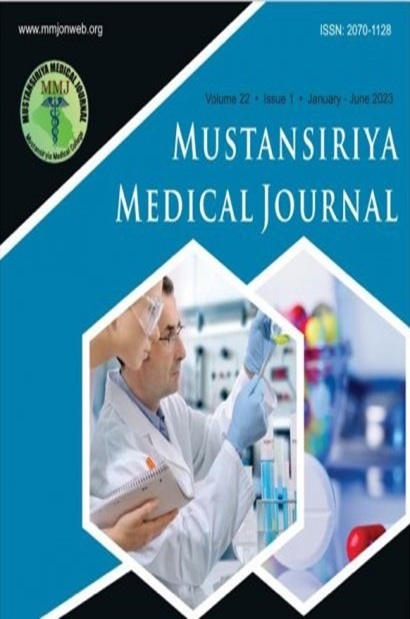Abstract
Background: Tibial and/or fibular shaft fractures accounted is a common problem, the incidence is approximately 25% of all fracture of lower limb. Majority of these fractures are successfully managed with interlocking nail (ILN) or plate & screws, which has become the mainstay of treatment of diaphyseal injuries with less complications in comparism to other methods of treatment Aim of the study: This study is to evaluate and to compare the effectiveness of treatment of patients with fractures of tibial shafts using interlocking nail or plate & screws fixation. Study design; case control Methods: From January 2010 to july2014, forty six patients with fractures shaft of tibia were treated surgically in Al-Yarmouk Teaching Hospital. Evaluation using functional score of Karlstrom& Olerud [20]. All patients were followed up regularly for an average 12 months with. The patients were divided into two groups, depends on the method of treatment. The ILN group group (1) included 21 patients with an average age of 35years. The Plating group (2) included 25 patients with an average age of 40.0 years. Results: In our study, both groups were similar in the location of fractures, mean age, mechanism of the injury, type of fracture and gender (all P values were approximately 0.38). The wound size is smaller in the ILN group (2-4cm) group when compared to the Plating group (10-14) cm (P<0.001). The rate of union , time of healing and rate of malunion were not significantly different between the two groups (P>0.05).Evaluation of the consecutive postoperative roentgenograms for assessment adequacy of reduction were recorded. The rates of malunion between the ILN group (14.6%) and the Plating group (5%) showed no significant difference (P=0.36). Conclusion: using interlocked nailing for treatment of tibial shaft fractures is effective, simple and assures maintenance of the reduction. Plate & screws gives rigid fixation without cast immobilization except in distal third in both group needs either fixation of distal fibular fracture or cast immobilization, after surgery, most patients return to their previous jobs about 6 months.
Keywords
tibial shaft fractures
interlocking nail
pl
Keywords
-
